Christian Espiritu: The Last of Philippine Fashion’s Golden Age
With Christian Espiritu’s passing recently, we realized that he was the last of the couturiers from the country’s golden age of fashion, starting with Ramon Valera and Salvacion Lim Higgins, who were both posthumously declared National Artists.
Reminiscing in a blog in 2010, Espiritu lamented how “the social and fashion landscapes have drastically changed. Elegance is a thing of the past. A single glance will reveal that even the ones toting their Kelly bags or tip-toeing in their Blahniks do not possess the nuances of being real, well-bred ladies.”
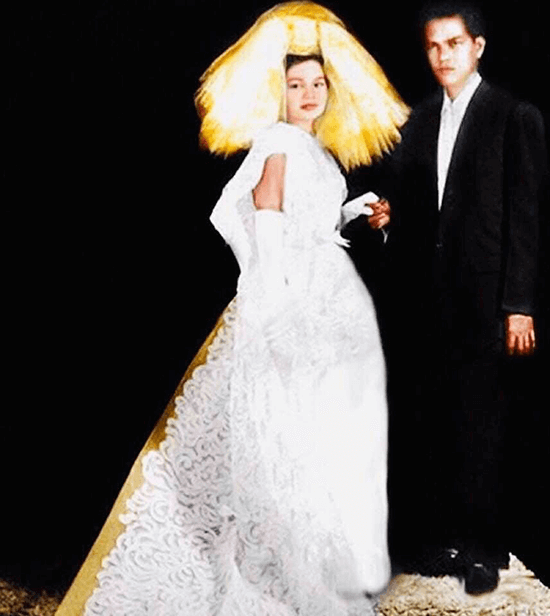
He was, of course, comparing them to his muses from the ’60s and ’70s: Elvira Manahan, Chona Kasten, Chito Madrigal, Celine Herras, Juliette Gomez Romualdez, Mary Prieto, Stella Araneta and Baby Fores, who wore his creations when he was a sought-after designer.
Dom Martin Hizon-Gomez, who was known as Gang Gomez, one of Manila’s top fashion designers before he joined the Benedictine Monastery in 1990, recalls meeting the late couturier in 1971 when he just came back from his studies in New York and was immediately hired as an assistant: “The name of Christian was really big. I wanted to work for the best. This was the time he was doing ternos for the First Lady, Madame Marcos. His greatest contribution, which he shares with Mrs. Marcos, is in showing the best of Philippine ternos, not only in Manila, but all over the world.”
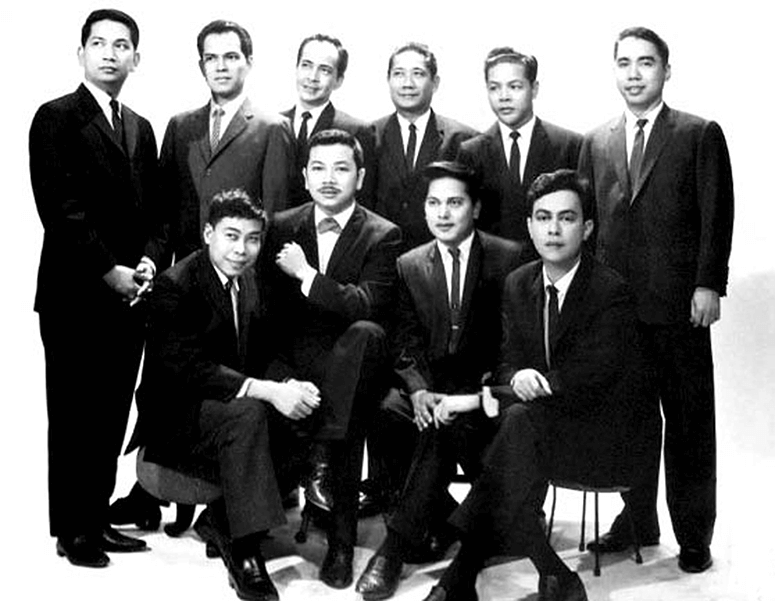
Showcasing our hand embroidery on piña and jusi with indigenous motifs, Christian gave the national dress a sophisticated, contemporary look through a “less-is-more design aesthetic, simple, sharp silhouettes and the delicate balance of textures and details,” shared Barge Ramos, who, like Gang, was also working with Christian but in the men’s line. Unlike the latter, however, he’s carried on as a designer to this day.
During their time at Christian’s atelier on Leon Guinto, they were witness to some of the couturier’s most memorable creations for the First Lady: “The fully caladoed terno with a full-length alampay in colors of the Maranao worn to the Kasaysayan ng Lahi celebration; the white jusi embroidered one with a full nacre lining she wore to the Van Cliburn Gala at the CCP; and the ecru caladoed jusi piece with multi-colored embroidered fans, which she wore at the opening of the Sydney Opera House. She loved this so much that she wore it so many times!” says Gang. It was actually first met with resistance during a time when the First Lady told Christian, “I’m working so hard to maintain my figure only to be hidden in your outfit?” What convinced her was Cristina Ford’s reassurance that “This is the perfect look for a First Lady: elegant, not sexy.”
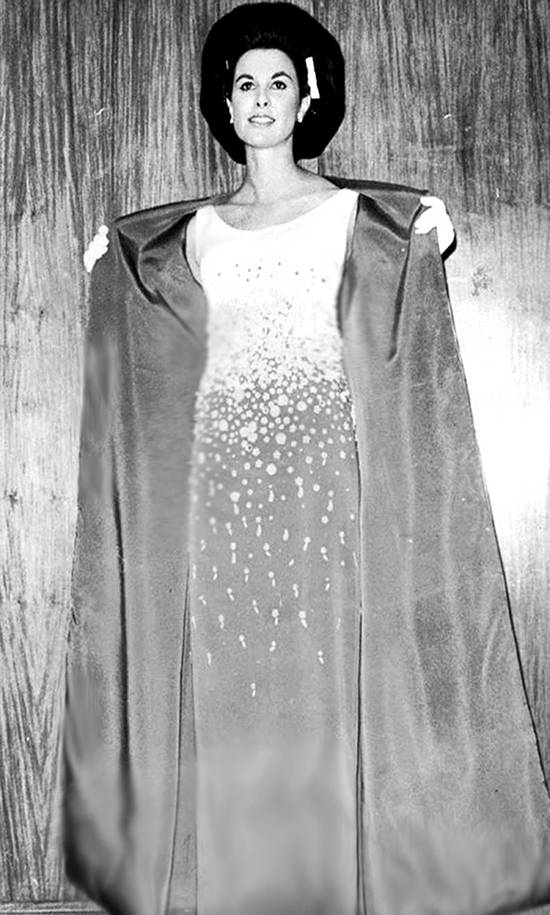
Although Barge never really saw “a flamboyant design in the shop,” he remembers a particular terno with “wildly colorful dragon embroidery” designed for the official trip to China in 1974: “Gang and I just looked at it and didn’t react. Christian edited it out but the terno was eventually bought by a client later on.”
Christian singled out the one he made for the 2,500th anniversary of the Persian Empire in Persepolis in 1971. She was resplendent in the piece inspired by the Manton de Manila, her image easily making it to international magazines and newspapers.

What Barge describes as Christian’s “penchant for clean shapes but with a touch of modern, contemporary details” was appreciated not just by Manila’s cognoscenti but also fashion watchers abroad. Guillaume Kientz, director of the Hispanic Society of America, noted how Christian’s designs “elevated Filipino fashion onto a global stage, placed it in the spotlight and showcased the rich, artistic heritage of the Philippines.”

In a 1975 fashion show in New York, Christian’s eveningwear “was well-received by executives from Bonwit Teller, Takashimaya, Bloomingdale’s and other key retailers at that time,” according to Rosemary Feitelberg of WWD.
In the same article, fashion designer Josie Natori shared her couture experience in the late ’60s when Christian designed an “embroidered, structured gown with an architectural feel” that she wore for her piano concert in Manila: He was one of “a very small circle of influential designers. He succeeded in what was a beautiful time in the Philippines. There were lots of parties. People dressed up. Mrs. Marcos had established lots of art events and cultural centers. It was the heyday, when art was really celebrated. He was part of that and a great society designer.”
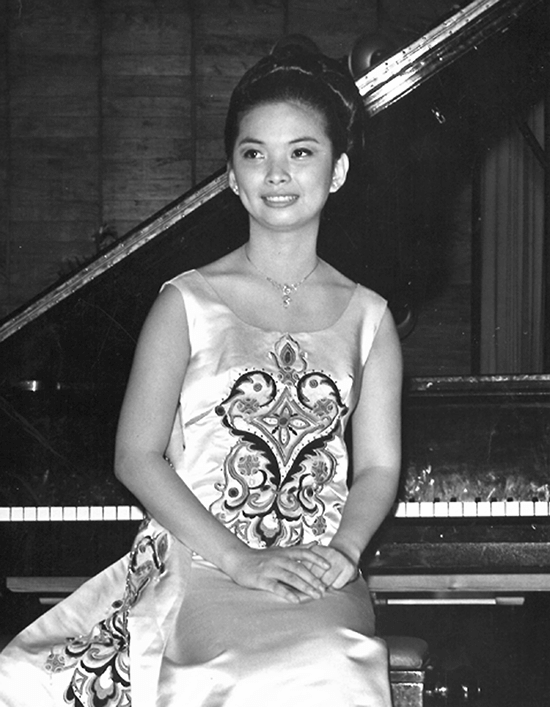
Christian, who was born in 1934 to Eugenio Espiritu, a school principal, and Felicula Espiritu, in Parañaque, Manila, actually studied architecture at the University of Santo Tomas and became a draftsman for the National Artist Leandro Locsin before deciding to shift to fashion design. This pivot was no surprise since he was already sketching dresses in class and would be mesmerized by the fashion shows of rising designers like Ben Farrales and Aureo Alonzo at Botica Boie in Escolta. He eventually opened shop in his hometown and became known as “the Valera of Parañaque,” referring to the couturier whom he admired for “being a symbol, leading the pack of gifted men in women’s apparel starting to be seen as artists and professionals. Ceasing to be considered just limp wrists, men proudly holding their college degrees came out of their closets to call themselves haute couturiers.”
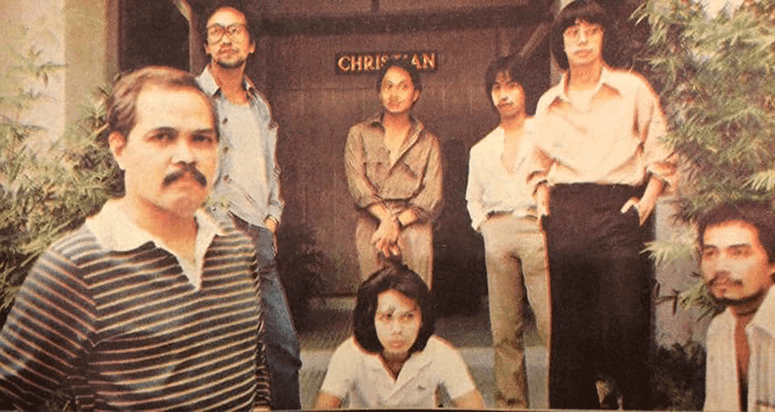
This group banded together as the Philippine Couture Association in 1958 and later invited Christian as one of its members.
His rise would bring him all the way to Malacañang, where, aside from the First Lady, he would be commissioned by her Blue Ladies as well as Manila’s most elegant women, which included Tingting Cojuangco, whom “everyone knew was his favorite,” says Gang, “but his forever muse was his wife, Gli Limcaoco, who would come to visit the shop with their kids.”
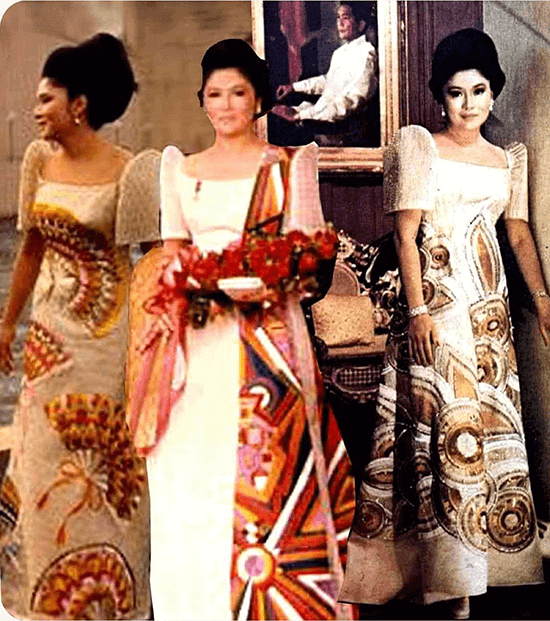
Gli and their four children would be a source of strength even after his fallout with Mrs. Marcos, who later turned to Joe Salazar for her wardrobe. Always in touch with the zeitgeist, Christian joined the People Power Revolution in 1986 that led to the exile of the Marcoses and the shift in Manila’s social scene. Ever the chameleon, he adjusted and concentrated on RTW, becoming the top seller at SM Boutique Square in Makati, where fashionistas gravitated.
“I was so amazed that in 1987 his gross sales was at least 1M,” relates fashion designer Jojie Lloren, who joined Christian that year and admired his “pared-down aesthetic, eye for detail and impeccable craftsmanship,” qualities reflected in Jojie’s couture creations ever since.
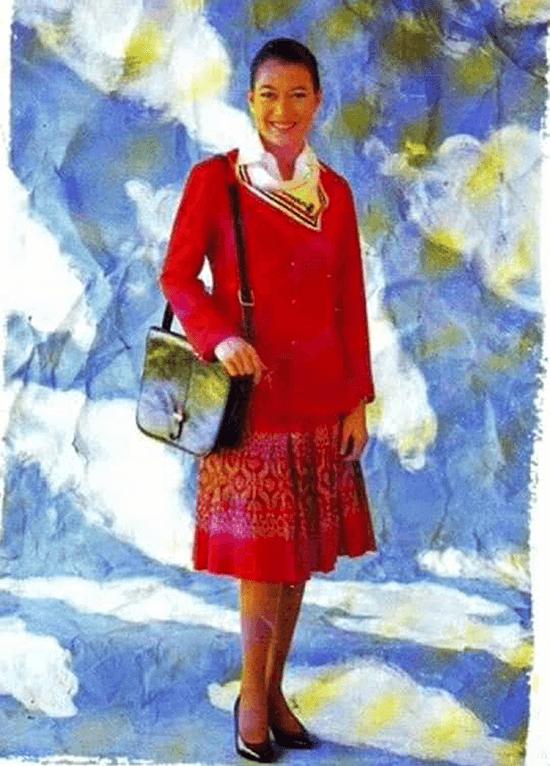
Although new branches were opened in Greenbelt, Landmark and SM North Edsa, business eventually waned down, and with Christian’s daughter wanting to study in the US, he relocated to New York in 1994 and accepted the new challenge of making it there. Many of the agents he met, however, had one-sided propositions and he tired of the “incessant complaints” from the Filipino clientele, not to mention that “nobody would employ someone who was well into his fifties,” so after six years he went back to Manila to spend time with the rest of the family.
He also indulged his passions other than fashion. Even before he left for NY he already dabbled in film, producing, directing and art directing the film Alaga, which launched Edu Manzano as the lead. He put up a restaurant, published a magazine, built houses, and even taught students at Benilde. He wrote columns for The Philippine STAR and other publications, still remaining in the loop, watching the latest fashion shows, attending events, visiting notable houses and writing about them with the unerring eye and in his usual opinionated manner to educate the new generation.
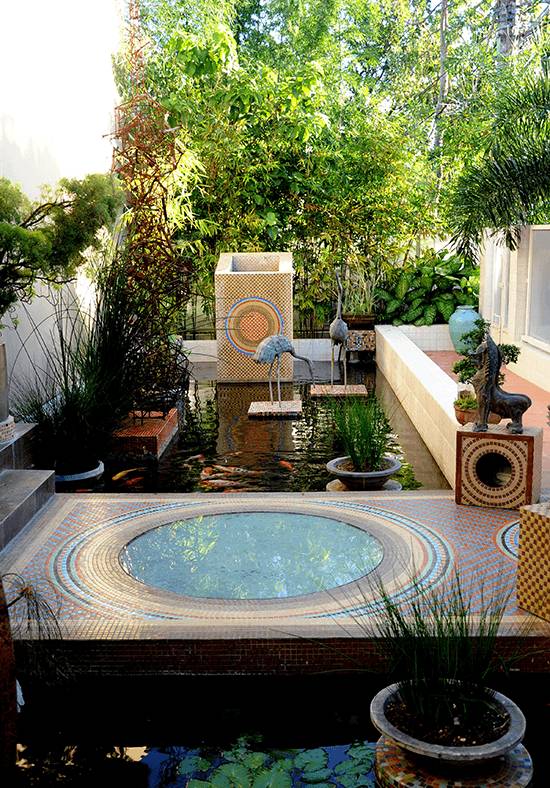
After attending a 2004 fashion show of Inno Sotto, who worked with him before Gang and Barge, he wrote that his former protégé had a most sophisticated collection with “clarity of line, detail and execution,” and when another designer asked “How can Inno have this kind of crowd and get all the right sponsors to foot such an expensive presentation?” the mentor answered, “But how many of you are willing to put as much thought, work and care into your collections?” And how many exercised such “restraint,” which Jojie and Barge also mentioned as another lesson that the new generation could learn from Christian, instead of resorting to gimmicks just to get likes on social media.
These words to live by were practiced by Christian himself till his old age, even as his daughter Talitha observed, “His world was getting smaller and smaller.” With failing health, he still managed to act as a “father” with his “paalalas” to his 5,000 followers (the limit) on FB, advising on everything from design to good taste, ethics and manners, as well as updating them with reels of his garden, which, “like the exquisite embroidery or intricate beadwork my creations were known for, my plants take the place of thread, sequins and beads.”
He was always in the pursuit and celebration of beauty and gentility, and shared it in all its forms—till his dying day.


